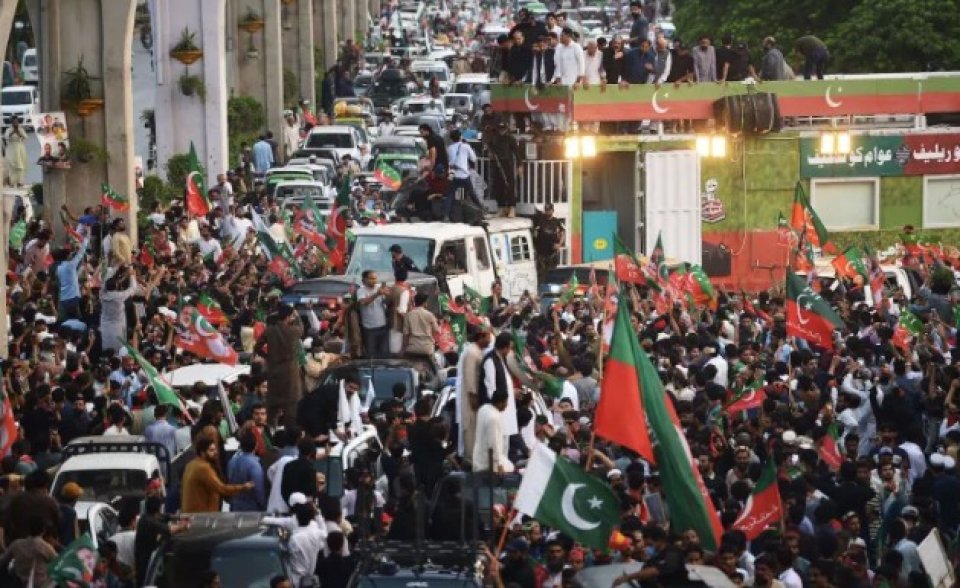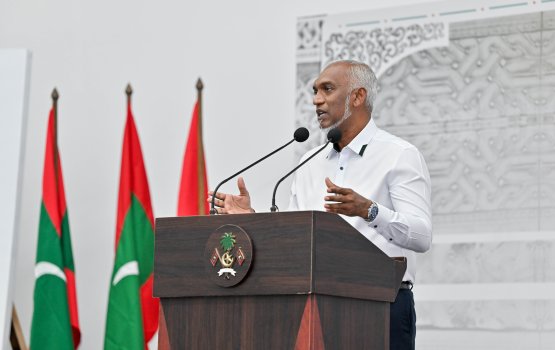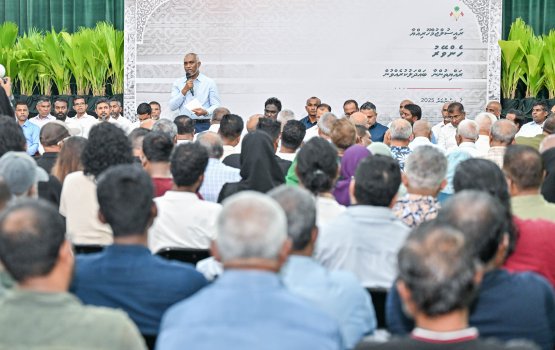Pakistan’s public debt has reached an all-time high of Rs 74.2 trillion at the close of 2024, marking a sharp 10% increase in just six months, according to data released by the State Bank of Pakistan. The surge in borrowing has intensified concerns about the country’s economic stability and its growing impact on the everyday lives of citizens.
The ballooning debt — up from Rs 67.8 trillion in June 2024 — includes both domestic and external liabilities. Economists and policymakers are sounding alarm bells, warning that Pakistan is veering toward a deeper fiscal crisis, with inflation, reduced social spending, and economic uncertainty already affecting millions.
Mounting Debt, Shrinking Space
More than half of Pakistan’s federal revenue is now consumed by interest payments, leaving little fiscal room for development, healthcare, education, or social welfare initiatives. This fiscal squeeze is exacerbating poverty and inequality, as the government struggles to meet basic public needs.
“Debt itself isn't the problem,” said a senior economist in Islamabad. “The issue is that we are borrowing more without increasing our capacity to repay. Productivity is stagnant, while debt obligations keep rising.”
External Borrowing: A Double-Edged Sword
At the heart of the crisis is Pakistan’s growing reliance on external borrowing. As of December 2024, external debt stood close to $130 billion, a significant portion of which is owed to multilateral lenders like the IMF, World Bank, and Asian Development Bank, as well as bilateral partners such as China and Saudi Arabia.
While these loans often carry lower interest rates, they come with stringent conditions. IMF programmes, for example, have mandated subsidy cuts, tax hikes, and austerity measures that — while intended to stabilise the economy — have led to short-term pain for the public.
Pakistan has also increasingly turned to high-cost commercial loans and Eurobonds, which carry steeper interest rates and shorter repayment terms, further intensifying fiscal pressure. The over 20% depreciation of the Pakistani rupee in 2024 has only added to the burden, making foreign debt servicing far more expensive in rupee terms.
The Human Cost of a Fiscal Crisis
The economic strain is hitting ordinary Pakistanis the hardest. Double-digit inflation persisted throughout 2024, with food, fuel, and utility costs rising sharply. At the same time, wages have remained largely stagnant, pushing more working families below the poverty line.
According to independent estimates, over 40% of Pakistan’s population now lives below the poverty line, with food insecurity becoming increasingly widespread, especially in rural areas and among low-income urban communities.
“People are being crushed by inflation while the government struggles to stay afloat,” said a Karachi-based shopkeeper. “Medicine, electricity, even roti — everything is unaffordable now.”
Policy Paralysis and Political Blame Games
Analysts argue that Pakistan’s debt crisis is not just economic — it’s deeply political. Successive governments have relied on borrowing to fund budget deficits, infrastructure projects, and foreign exchange gaps, often without implementing necessary structural reforms.
Inconsistent economic policies, frequent leadership changes, and populist spending have all contributed to the crisis. Mega-projects with questionable returns, untargeted subsidies, and a reluctance to expand the tax base — particularly to include the wealthy elite and the agricultural sector — have further deepened fiscal vulnerabilities.
“This is a crisis decades in the making,” said a former finance ministry official. “We’ve been kicking the can down the road for too long.”
A Crossroads for the Nation
The public debt crisis has exposed the urgent need for political unity and long-term planning. Experts warn that without bipartisan consensus on tax reform, expenditure rationalisation, and investment in productivity, Pakistan risks further economic deterioration.
“The debt mountain will only get steeper unless we act now,” said an economic analyst. “Recovery cannot be the mission of a single party. It must be a shared national agenda.”
The State Bank and finance ministry have urged for tighter fiscal controls and renewed negotiations with international lenders. But with rising global interest rates, limited foreign reserves, and continued political instability, the path to stability remains narrow.
Unless decisive action is taken, analysts warn that the burden of debt will continue to fall on those least able to bear it — Pakistan’s working poor. (Source: Stringerasia)







